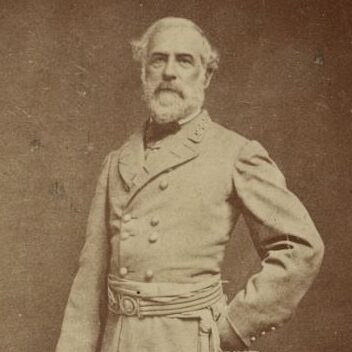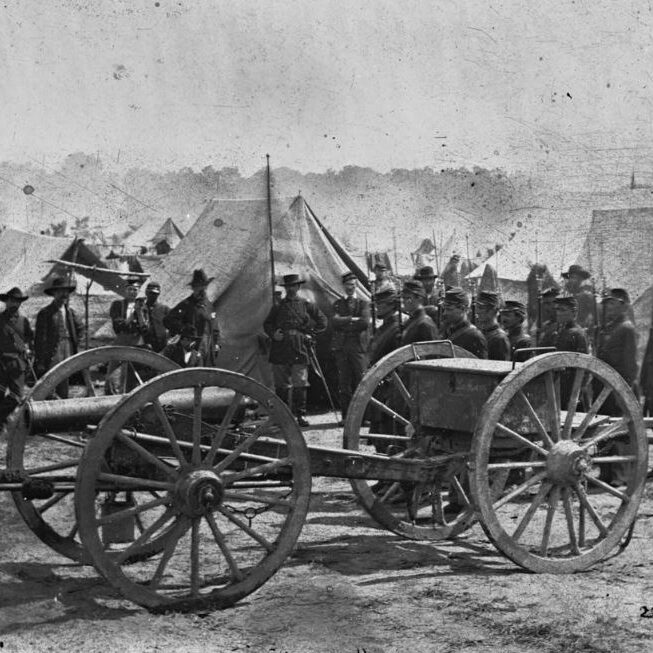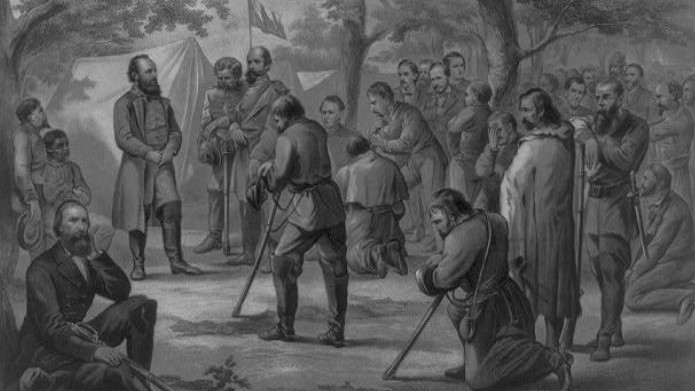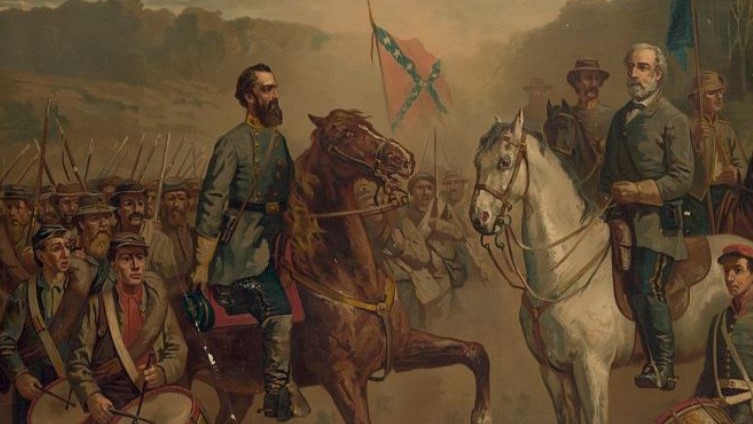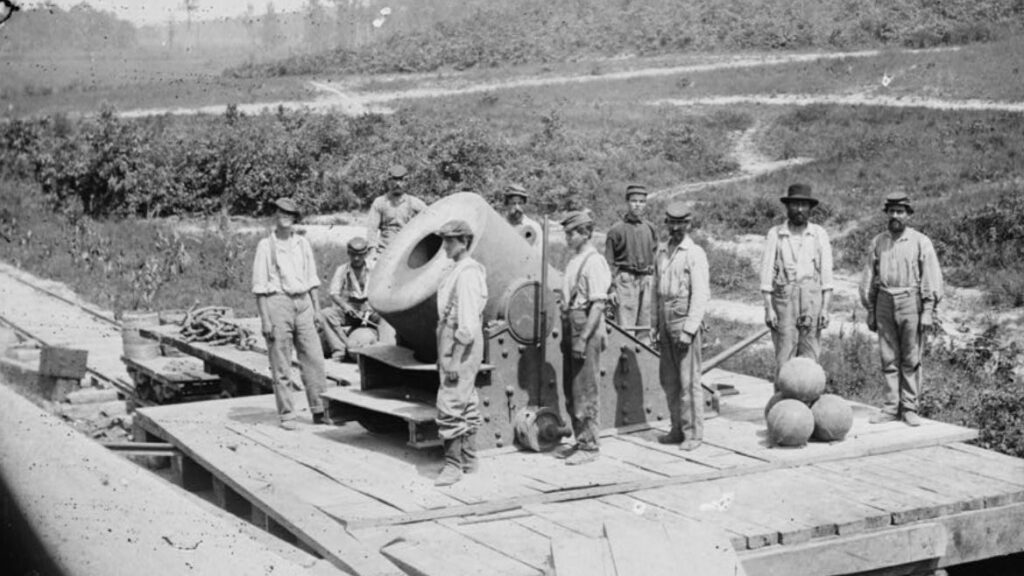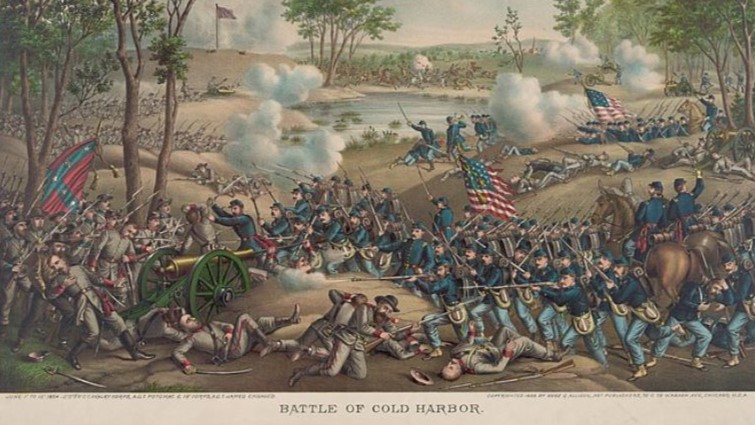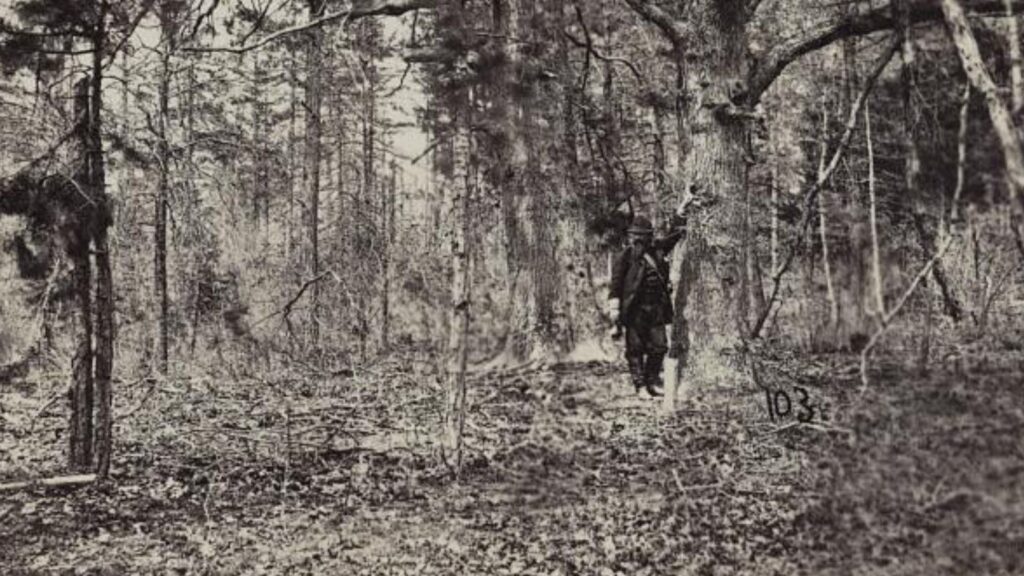General Robert E. Lee left a lasting legacy upon American history and became an icon of the South.
He was the commander of the Army of Northern Virginia, the Confederate States’ most powerful military force. During the Civil War, he outmaneuvered and defeated larger Union armies on numerous occasions. This lead to his reputation as one of the most skilled generals in American history.
However, General Robert E. Lee’s legacy is far from simple. Despite his victories, the Confederacy ultimately lost the war. Was Lee’s genius for maneuver overshadowed by strategic blunders? Did his aggressive tactics lead to unnecessary bloodshed?
In this article, we will delve into the complexities of General Robert E. Lee’s wartime decisions, analyzing his victories and defeats to determine whether he truly deserves the title of “good general.”
- 1. General Robert E. Lee's Military Career
- 2. General Robert E. Lee – The Field Commander
- 3. General Robert E. Lee’s Strategic Military Decisions
- 4. Alternative Strategies General Robert E. Lee could have considered
- 5. General Robert E. Lee’s Legacy and Historical Interpretations
- 6. Can General Robert E. Lee be Considered a Good General?
- Further Reading
1. General Robert E. Lee’s Military Career
Early Military Experience
Robert E. Lee was born on January 19, 1807 in Westmoreland County, Virginia. He came from a prestigious family – his father, Henry Lee III, was a Revolutionary War hero.
Lee attended the United States Military Academy at West Point and graduated second in his class in 1829. He then began his career as an engineer officer in the U.S. Army Corps of Engineers.
Mexican-American War
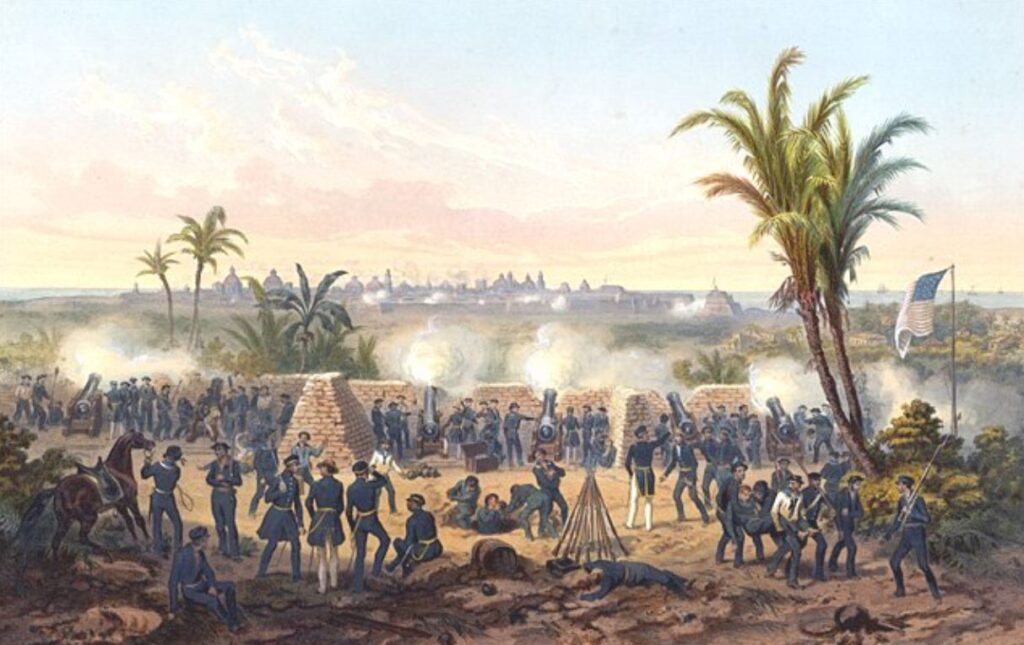
Robert E. Lee first saw combat during the Mexican-American War (1846-1848), where he served on the staff of General Winfield Scott.
Lee distinguished himself through his reconnaissance work. He also identified excellent attack routes for the American forces to advance.
fought at Contreras, Churubusco, and Chapultepec. But it was at the Battle of Chapultepec in 1847, that Lee’s courage was noted. General Winfield Scott later wrote that Lee was “gallant and indefatigable.”
Roles Before the Civil War
After the Mexican-American War, Lee served for three years as an instructor at West Point, where taught cavalry tactics and artillery.
From 1856 to 1859, Lee helped supervise the construction of new forts in Baltimore Harbor.
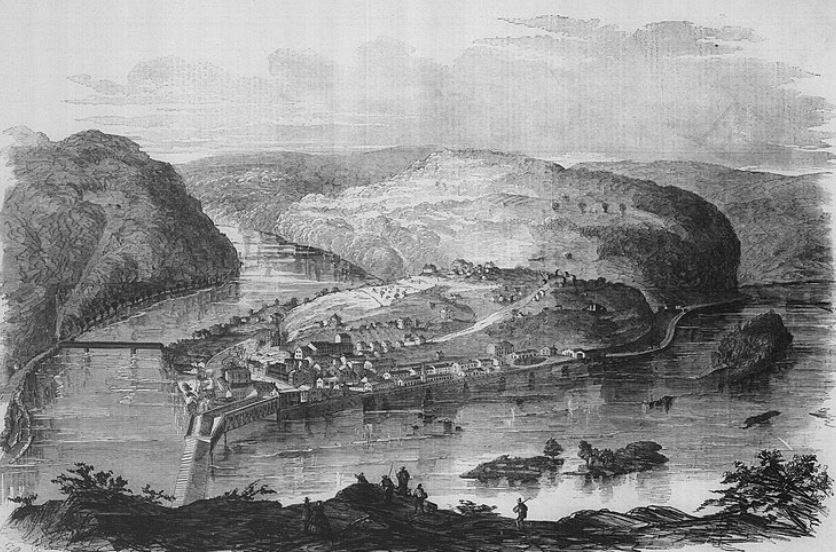
In 1859, Lee commanded the battalion that captured John Brown after his raid on Harpers Ferry. For his service, Lee was promoted to colonel in 1861.
The Army of Northern Virginia
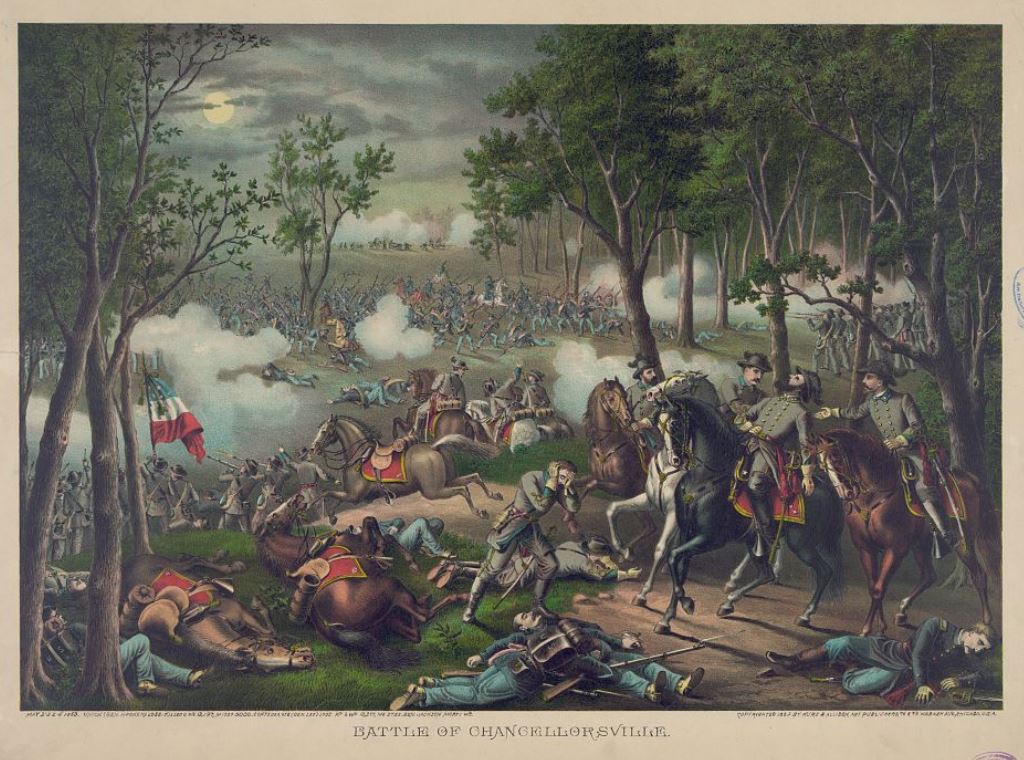
When Virginia seceded from the Union in April 1861, Robert E. Lee resigned his commission in the U.S. Army. He had rejected an offer to command Union forces.
Instead, Lee initially accepted command of the military and naval forces of Virginia. But in June 1862, he was appointed commander of the Confederate Army of Northern Virginia.
As commander, Robert E. Lee led the Army of Northern Virginia in many major campaigns and battles. These included the Seven Days Battles, Second Bull Run, Fredericksburg, and Chancellorsville in 1862-1863.
Lee’s innovative tactics and leadership enabled his outnumbered forces to score victories against the Union armies.
However, his daring offensive into Pennsylvania was turned back at Gettysburg in July 1863. Despite this setback, Lee continued to lead the Army of Northern Virginia until its surrender in April 1865 at Appomattox Court House.
2. General Robert E. Lee – The Field Commander
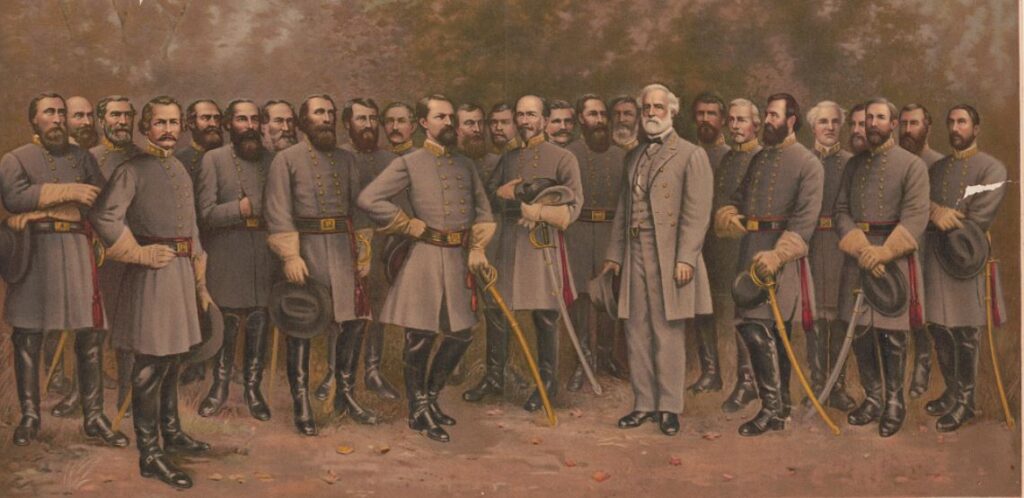
General Robert E. Lee had a remarkable ability to inspire and lead his troops. His calm demeanor and personal courage in the face of danger earned him the admiration and devotion of his soldiers.
Lee’s mere presence on the battlefield was said to be enough to rally dispirited Confederate forces. His legendary riding crop and gray uniform made him an iconic figure that embodied the Southern cause.
Lee demonstrated tactical brilliance in major battles such as Fredericksburg and Chancellorsville.
- At Fredericksburg in 1862, he decisively defeated a much larger Union army by taking advantage of fortified positions on heights behind the town.
- At Chancellorsville in 1863, Lee divided his forces to deliver a stunning flanking attack that routed the Union troops.
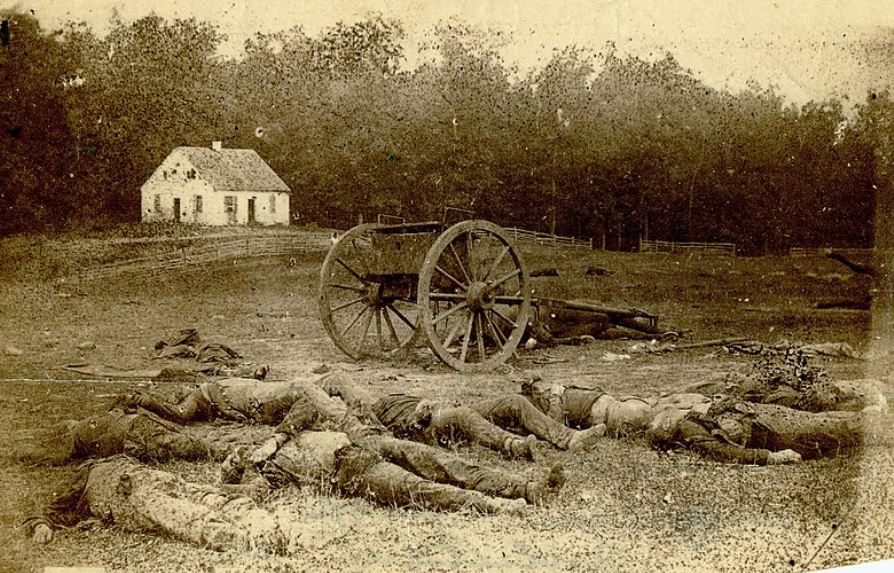
However, Lee’s aggressive tactics sometimes led to costly battles with high casualties.
- The Battle of Antietam in 1862 was a bloody stalemate after Lee’s initial invasion of Maryland was repelled.
- His offensive into Pennsylvania culminated in the three-day Battle of Gettysburg in 1863, which resulted in a major Confederate defeat and over 50% casualties for Lee’s army.
Robert E. Lee relied on offensive strategies to attack and defeat the Union forces. His forces were often outnumbered, so he sought to neutralize this numerical disadvantage through bold movements and surprise attacks to demoralize the enemy.
Logistics and supply lines were crucial for military campaigns, and Lee displayed great ability in this arena as well. He carefully managed his limited wagon trains of ammunition, food, and medical supplies. Lee’s forces lived off the land when possible and captured Union provisions. This self-sufficiency was vital for sustaining operations deep in Union territory.
3. General Robert E. Lee’s Strategic Military Decisions
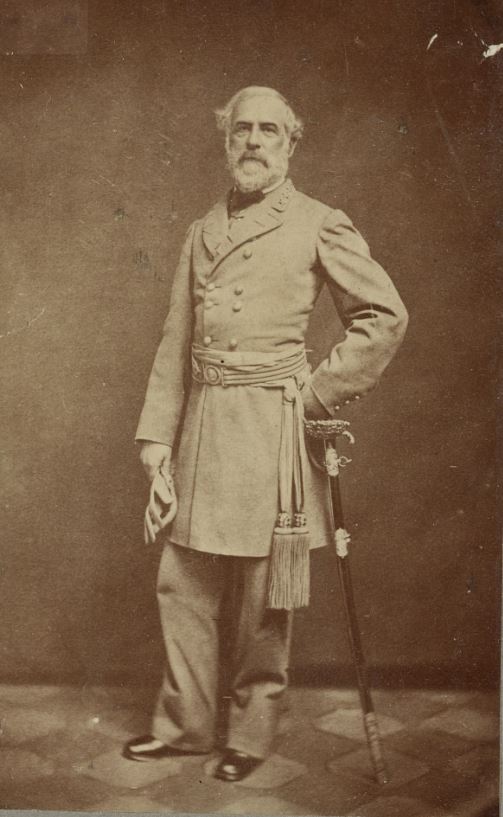
The South’s Resource Trap
The Confederacy faced a major resource and manpower disadvantage from the start of the Civil War.
The Union had a larger population, more industry, and greater economic resources.
It was believed that winning decisive battlefield victories was imperative for the South. However, this was an improbable proposition in a protracted war of attrition.
General Robert E. Lee understood the Confederacy’s resource limitations. Yet his strategic decisions often prioritized aggressive offensives over conserving men and supplies.
Heavy Confederate Casualties
General Robert E. Lee preference for aggressive, large-scale battles produced battlefield successes but also heavy casualties. Each victory came at a high cost that further depleted the already strained Confederate resources.
Casualties mounted for Lee’s Army of Northern Virginia. Major battles like Chancellorsville, Antietam, Gettysburg, and the Overland Campaign inflicted over 120,000 total casualties.
At Gettysburg alone, Lee’s army suffered 28,000 casualties. The road to Richmond in 1864 cost another 60,000 Confederate casualties.
These casualties represented irreplaceable losses for the manpower and starved Confederacy. Replacements were becoming more difficult to find as the war dragged on for these losses.
Eroding Resources
Lee’s series of offensives in 1863-1864 steadily eroded Confederate military resources. Decisive losses of artillery, equipment, and wagons compounded manpower depletion. The South’s limited manufacturing and agriculture could not sustain these losses indefinitely.
Meanwhile, Union resources remained relatively undiminished despite heavy casualties. The North could replenish and re-equip its armies from a deep reserve of men and materiel.
This situation progressively tilted the war in the Union’s favor. It meant that the Union could afford to lose big battles, without affecting its ability to wage war. But the same did not apply to the Confederates.
Long-Term Implications
Ultimately, Lee’s battlefield decisions secured temporary victories but failed to decisively defeat the Union armies. The heavy toll on Southern resources proved unsustainable as the war dragged on.
By 1865, Lee’s once formidable Army of Northern Virginia was a shadow of itself. It lacked adequate manpower, equipment, food, and supplies.
The unrelenting loss of irreplaceable resources eventually caught up with the South’s military strategy. General Robert E. Lee’s offensives could not resolve the Confederacy’s fundamental disadvantages versus the Union’s industrial might and population.
In retrospect, a more conservative strategy focused on preserving resources may have prolonged the war. However, the Union’s material superiority likely ensured its eventual victory regardless of Confederate tactics.
General Robert E. Lee’s offensives hastened the Confederacy’s demise by accelerating the depletion of its scant resources through a series of Pyrrhic victories.
4. Alternative Strategies General Robert E. Lee could have considered
A Shift in Focus: Defense and Attrition
Given the Confederacy’s limited resources compared to the Union, Lee could have considered a defensive strategy aimed at waging a war of attrition.
Rather than expending men and materiel in costly offensives, Lee’s forces could have prioritized fortifying strong defensive positions.
The South’s manpower shortage made heavy losses unsustainable in the long run. A defensive posture may have better conserved the Confederacy’s limited human resources.
Forcing the Union to attack well-prepared positions could have inflicted disproportionate casualties on the Northern forces.
Prolonging the war through defensive attrition could have eventually eroded Union public support and political will.
As casualties mounted, the idea of an outright military victory may have seemed less achievable to the Lincoln administration. This could have potentially pressured the North toward a negotiated peace.
Guerrilla Warfare and Disruption
Another alternative was adopting guerrilla warfare tactics to disrupt Union supply lines and occupy their forces through these attacks. The Confederacy’s familiarity with local terrain could have aided this strategy of irregularized resistance.
Widespread guerrilla raids could have eroded Union control in the Confederacy’s interior and tied down occupying forces. This would undermine the Union’s ability to concentrate its full might against Lee’s army.
However, guerrilla warfare alone faced limitations as a decisive military strategy. It may have prolonged resistance but was unlikely to force a political settlement without major conventional victories.
Strategic Withdrawals and Calculated Risks
General Robert E. Lee could have balanced any defensive strategy with judicious withdrawals to preserve his army’s fighting strength.
Avoiding total destruction by retreating when outmatched may have allowed Lee to choose more favorable grounds to counter-attack.
Lee would need to weigh each battlefield prospect against larger strategic objectives while sustaining Southern morale.
This approach may have allowed Lee to selectively capitalize on Union overextensions and mistakes through opportunistic offensives from a solid defensive base. The risks were conserving insufficient forces for a decisive engagement or missing windows to cripple Union armies.
Beyond the Battlefield: Diplomatic Maneuvers
On the diplomatic front, Lee’s prestige and influence could have been leveraged to potentially keep more border slave states like Kentucky and Missouri in the Confederacy.
As a national hero, General Robert E. Lee may have been able to sway elite opinion and the populace in these divided states earlier in 1861 before they oriented toward the Union. His moral standing could have reassured wavering slaveholding populations.
However, the extent of Lee’s potential political clout is debatable. Diplomatic overtures faced constraints from the Confederacy’s limited legitimacy abroad and lack of negotiating leverage sans military victories.
5. General Robert E. Lee’s Legacy and Historical Interpretations
Evolution of Perceptions
Immediately after the Civil War, Robert E. Lee was widely admired across the reunited nation for his military leadership, personal honor, and role in promoting reconciliation.
However, perceptions of Lee’s generalship have evolved over time amid re-examinations of the Civil War’s causes.
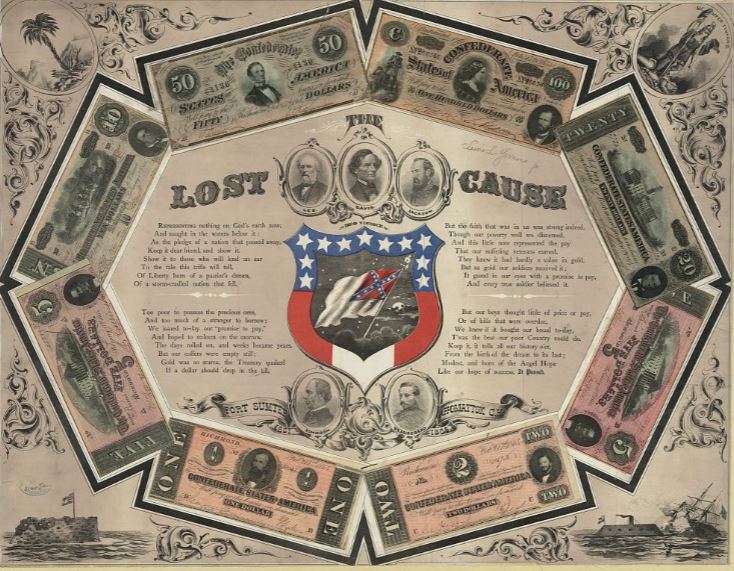
In the decades after the war, glorified depictions cast General Robert E. Lee as an unassailable icon in the South. The “Lost Cause“ narrative portrayed the Confederacy’s struggle as noble and its defeat tragic but honorable, with Lee celebrated for his role.
In this mythology, Lee’s persona crystallized as the sainted embodiment of the Lost Cause’s idealized virtues. He was the selfless, tragic hero facing insuperable odds against a dehumanized, industrial-waging enemy.
General Robert E. Lee: A Debate Among Historians
Among historians, debate persists over assessments of Lee’s effectiveness as a battlefield commander.
Some laud his tactical ingenuity in outmaneuvering superior Union forces through audacious actions.
Others critique his strategies as inherently flawed in recklessly expending limited Confederate resources through costly offensives.
There is consensus that Lee’s forces consistently “punched above their weight”. However, opinion diverges on whether his decision-making hastened or potentially delayed Confederate defeat given the extreme imbalance of men and materiel.
Inevitably, the complex historical figure of Lee continues to defy simple characterizations. Modern analyses highlight both his strengths as an innovative strategist and potential flaws like overly favoring offense and underestimating enemy resolve.
General Robert E. Lee’s Legacy in American History
Love or hate, few American military figures loom as large in historical memory as Robert E. Lee. For over a century after the war, he maintained a towering stature and cult of personalized leadership in the South. Countless monuments, memorials, and place names institutionalized his mythology.
In recent decades, this lionization has faced removal pushes as Lee’s darker affiliations with slavery and the Lost Cause agenda generated public reckoning. His statues have been dismantled amid contentious civic debates and evolving perspectives on historical racism.
6. Can General Robert E. Lee be Considered a Good General?
Assessing whether Robert E. Lee can be deemed a “good” general is a complex undertaking requiring a weighing of his strategic decisions, battlefield leadership, and the broader context he operated within.
From a tactical standpoint, Lee displayed innovative brilliance in outmaneuvering and defeating larger Union forces through daring offensives and utilization of terrain. His ability to inspire Confederate troops approached legendary proportions.
However, Lee’s costly invasions steadily depleted the Confederacy’s limited manpower and resources in pursuit of decisive victories that ultimately proved elusive. A more pragmatic, defensive strategy may have prolonged Southern resistance given the extreme resource imbalance.
Ultimately, Lee’s performance must be viewed through the lens of the Confederacy’s founding precept – preserving slavery and the racial caste system it upheld. While mythologized, Lee’s military leadership functionally sought to undermine American ideals of equality and perpetuate an inhumane institution.
In this broader context, admirations of Lee’s generalship confront complicated moral implications intrinsically linked to the Confederate cause he upheld.
Further Reading
If you enjoyed this article, you may be interested to read more about the American Civil War events, or perhaps read about the bloodiest battles of the Civil War or the South’s important victories. Read here for more general American history.

